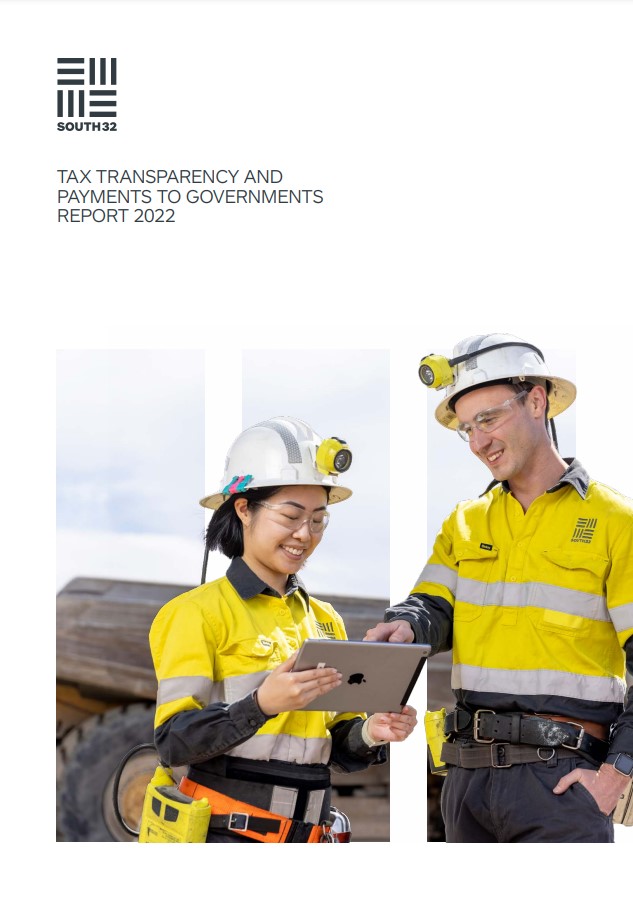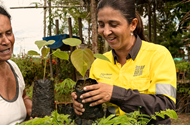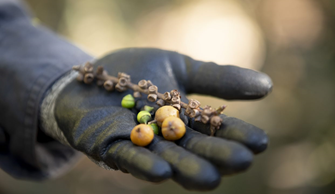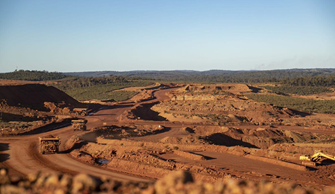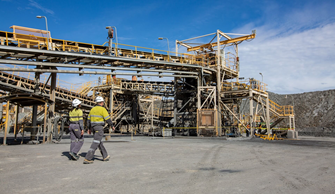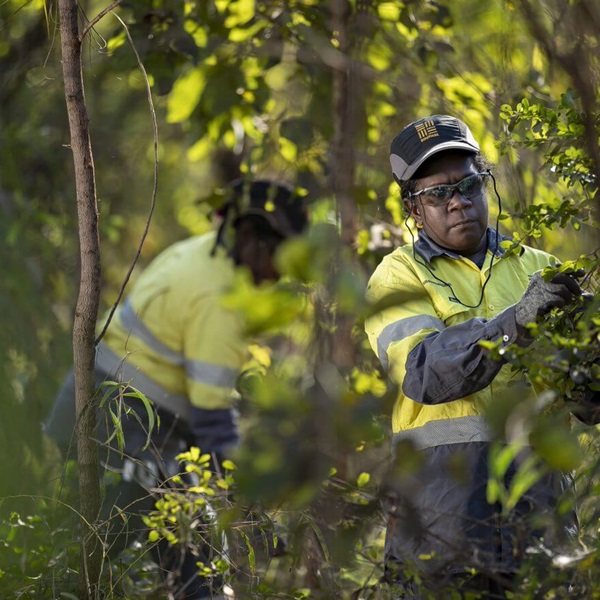
We recognise the importance of protecting and conserving biodiversity, and the dependency of people, communities and society on healthy functioning ecosystems.
As temporary stewards of the lands and waters where we operate, we recognise our responsibility to manage environmental impacts and support regional biodiversity conservation through collaboration.
